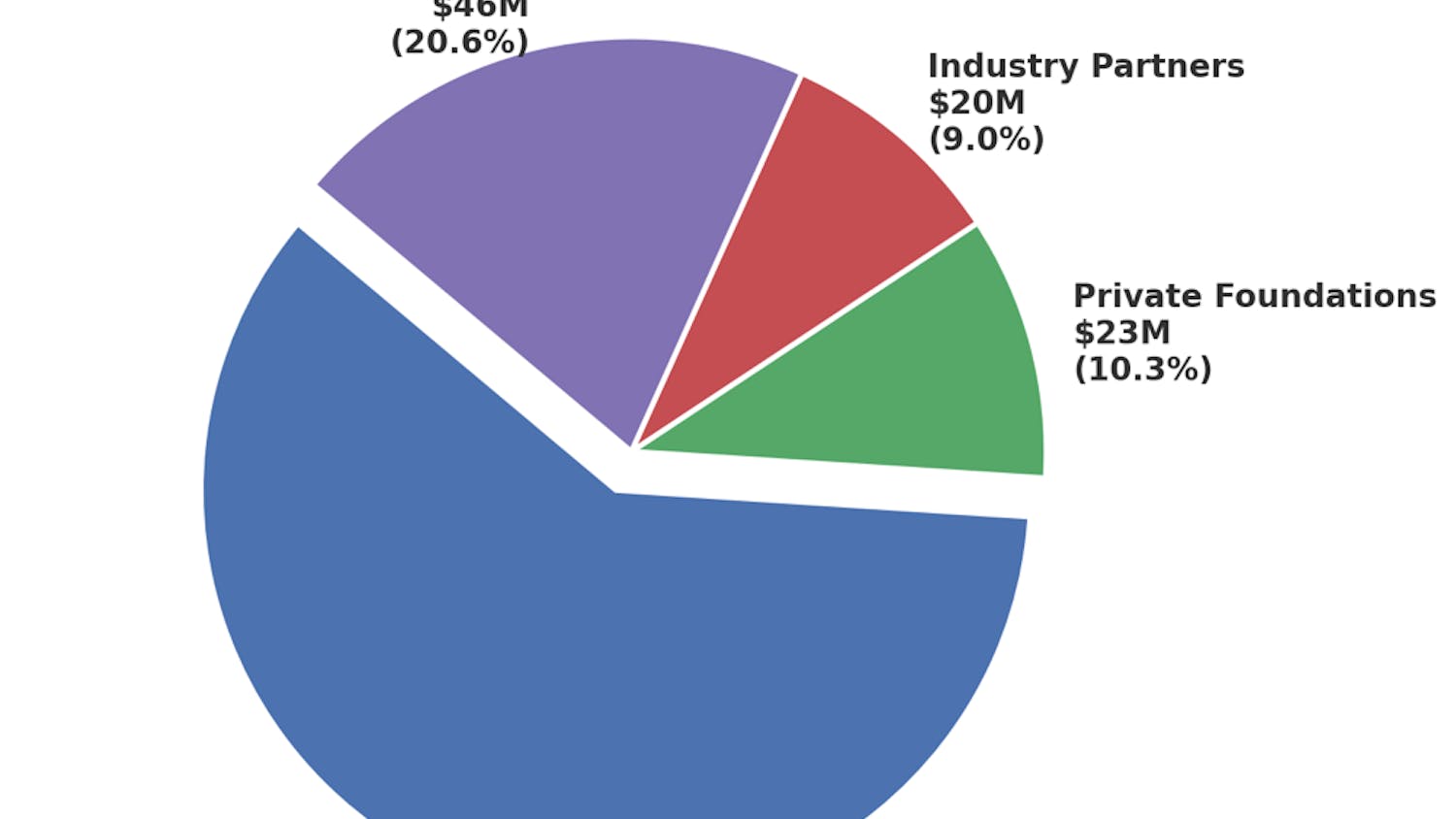Like many rising seniors, we’ve amassed a treasure trove of urban legends about Notre Dame’s past over the course of our time around campus. Throughout this semester, we’ll be using this column to explore the most intriguing leads that we’ve come across, from the infuriating, to the inspiring, to the just plain bizarre: Did Notre Dame really provide laundry services only to its male students during the early years of coeducation? How did Notre Dame students put enough pressure on Taco Bell to compel it to enter discussions with its striking laborers? Is it true students were expelled in a protest blocking the pathway of CIA and Dow Chemical Company recruiters on campus in the ‘60s? What happened when a Holy Cross priest published a full-page letter coming out to the University in the ‘90s? What’s the story behind the Badin-Sorin rivalry that left a kidnapped and decapitated frog mascot in its wake? Through research we have done in the University archives for projects both academic and independent, we have realized just how many stories there are — beyond the classic ND legends — that are filled with characters, moments, challenges and celebrations that make the history of our school even more colorful than we had known it to be. Alongside the Observer’s archives team, who will be running articles from the past over the course of this year, we hope to bring these stories back into our collective consciousness. We want to shed light on these pieces of the past for this generation of students so that we might get to know those who have come before us, and how their stories have shaped this place that we have shared through time. The official history of Notre Dame usually focuses on official leaders of the University: We hear about Fr. Edward Sorin’s determination to rebuild after a fire destroyed the first Main Building; Knute Rockne’s record coaching career and the unstoppable force of the Four Horsemen; and Fr. Theodore Hesburgh singing “We Shall Overcome,” arms intertwined with Rev. Martin Luther King Jr. These Notre Dame figures hold the privileged positions in not only our collection of campus folklore, but also in works honoring them such as the recently released “Hesburgh” documentary or the play “Sorin: A Notre Dame Story.” Overshadowed by the attention given to these leaders, a student-centric history of Notre Dame has largely been neglected, along with stories of the lesser-known figures — both heroic and controversial — in our University’s history. We’d like to put these stories about the experiences, follies, leadership and controversies of students, heroes and campus troublemakers of the past front and center. Especially when considering the oral tradition of a university that is beloved to so many, the identification of cause and effect can have different interpretations based on the experience, opinions, loyalties and biases of those interpreting it. The discussion and re-evaluation of history only becomes richer as we are able to analyze it with the vantage point afforded us by time and the current historical context, and we hope that revisiting these stories might spark discussion of these events from the past that is informed by perspective from the present. We’ll be offering our own questions and interpretations, and we hope that you will engage with us with your own. We hope to share these stories with this generation of students so that our University’s tradition can be made more complete through the passing down of stories from those who have come before us, because tradition at Notre Dame means more than old-timey architecture and branding: Tradition means living with and learning from these stories.In our next column, we’ll be digging into the early years of coeducation at Notre Dame. We’ll investigate the canceled Saint Mary’s-Notre Dame merger, explore the legacy of Sr. Jean Lenz, who — according to Fr. Hesburgh — deserves “all the credit” for the successful integration of women to the University and touch on what life was like for the earliest Notre Dame women.
Annie Moran is a senior hailing from Chicago studying psychology and education. She can be reached at amoran5@nd.edu or @anniemoranie on Twitter. She'd love to hear your musings on the wonders of fresh basil, experimental theater or the sacred space of public transportation.
Katie Hieatt is a senior majoring in economics and American studies from Memphis, Tennessee who is interested in pursuing a career in public policy research and advocacy. She enjoys engaging with the South Bend community as an ENL teacher with La Casa de Amistad, as a translator and interpreter for the National Immigrant Justice Center and as an SOS Advocate through the Family Justice Center. Her go-to streaming recommendations are Russian Doll and Killing Eve. She can be reached at mhieatt@nd.edu or @katie_hieatt on Twitter.








